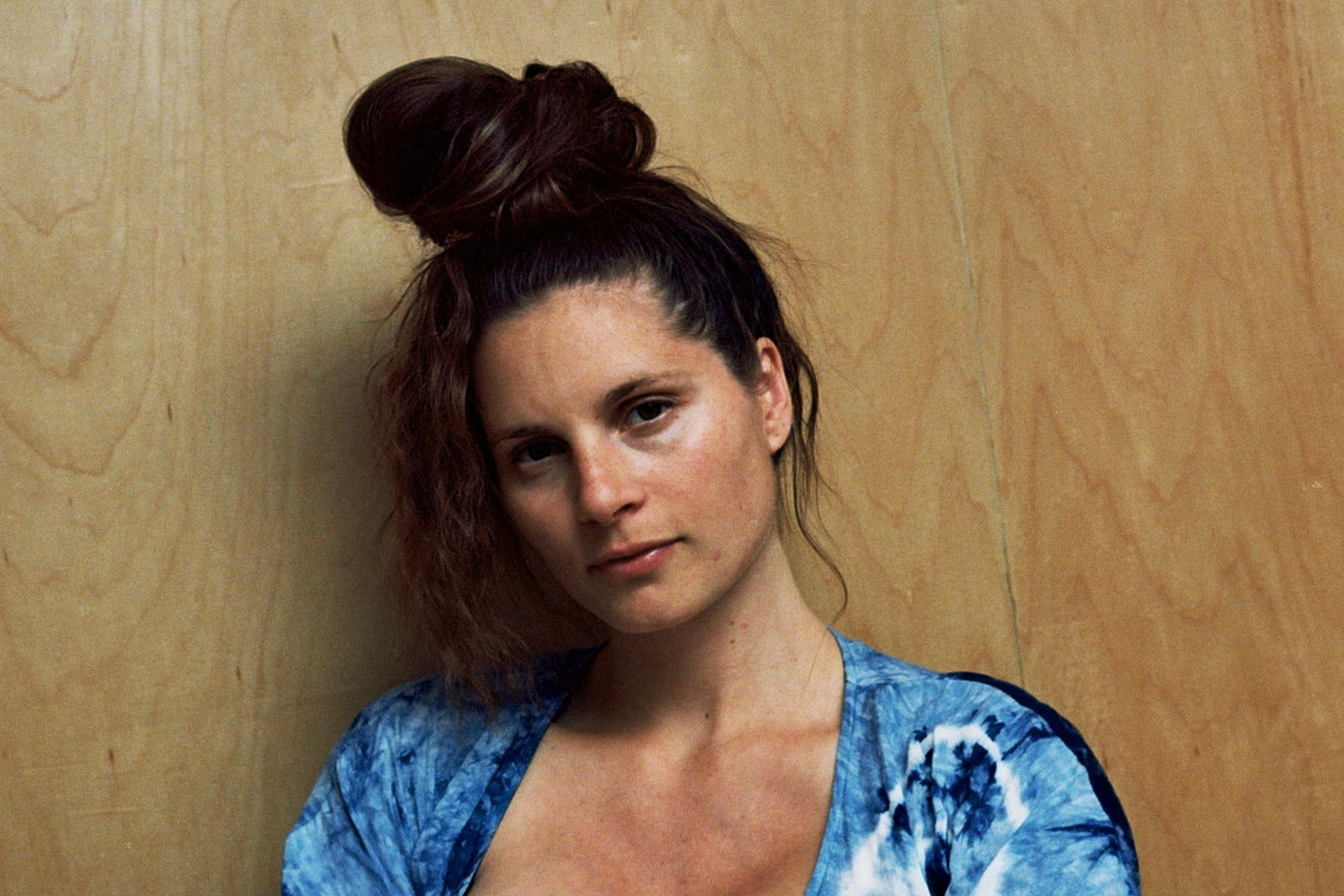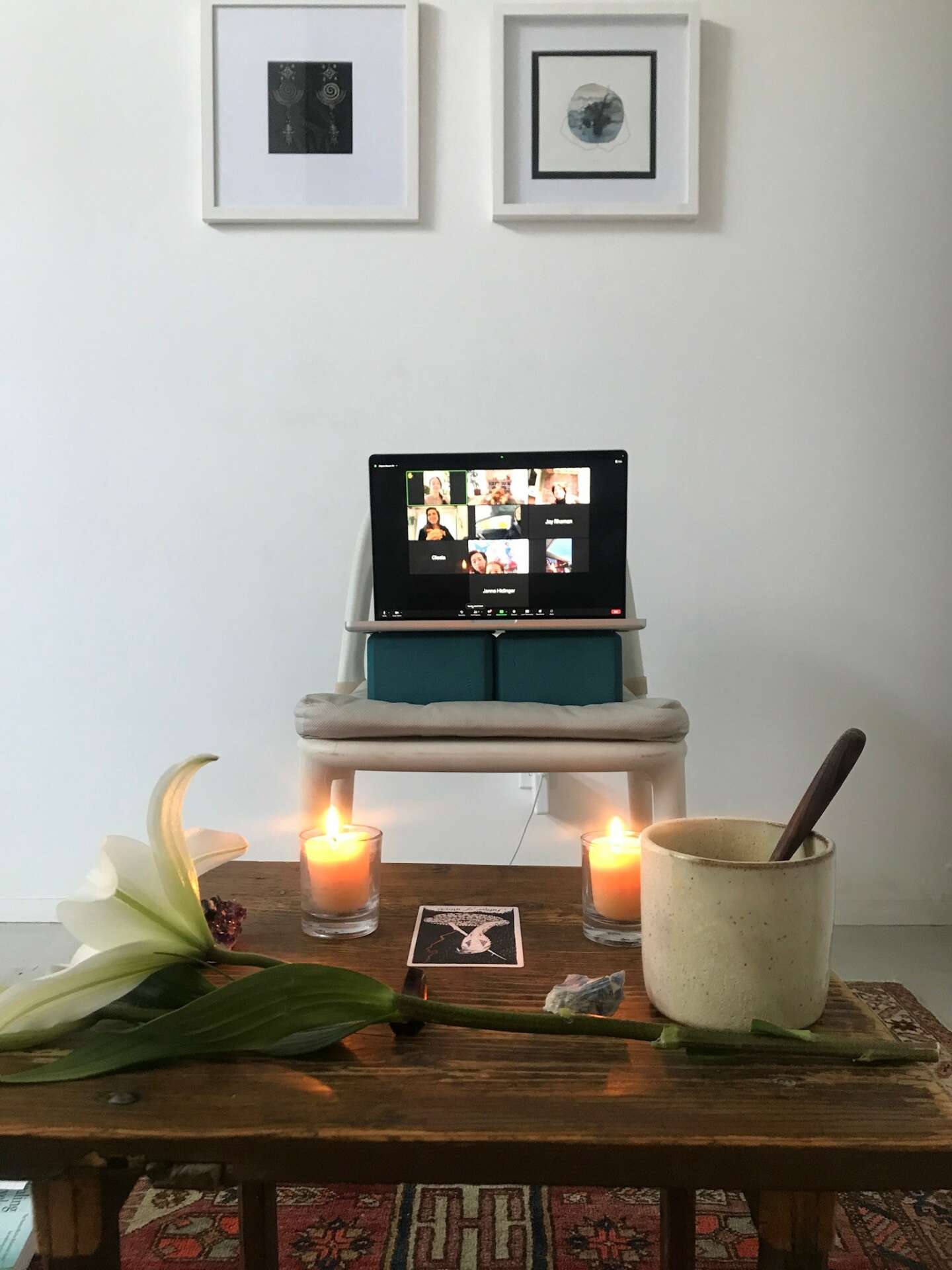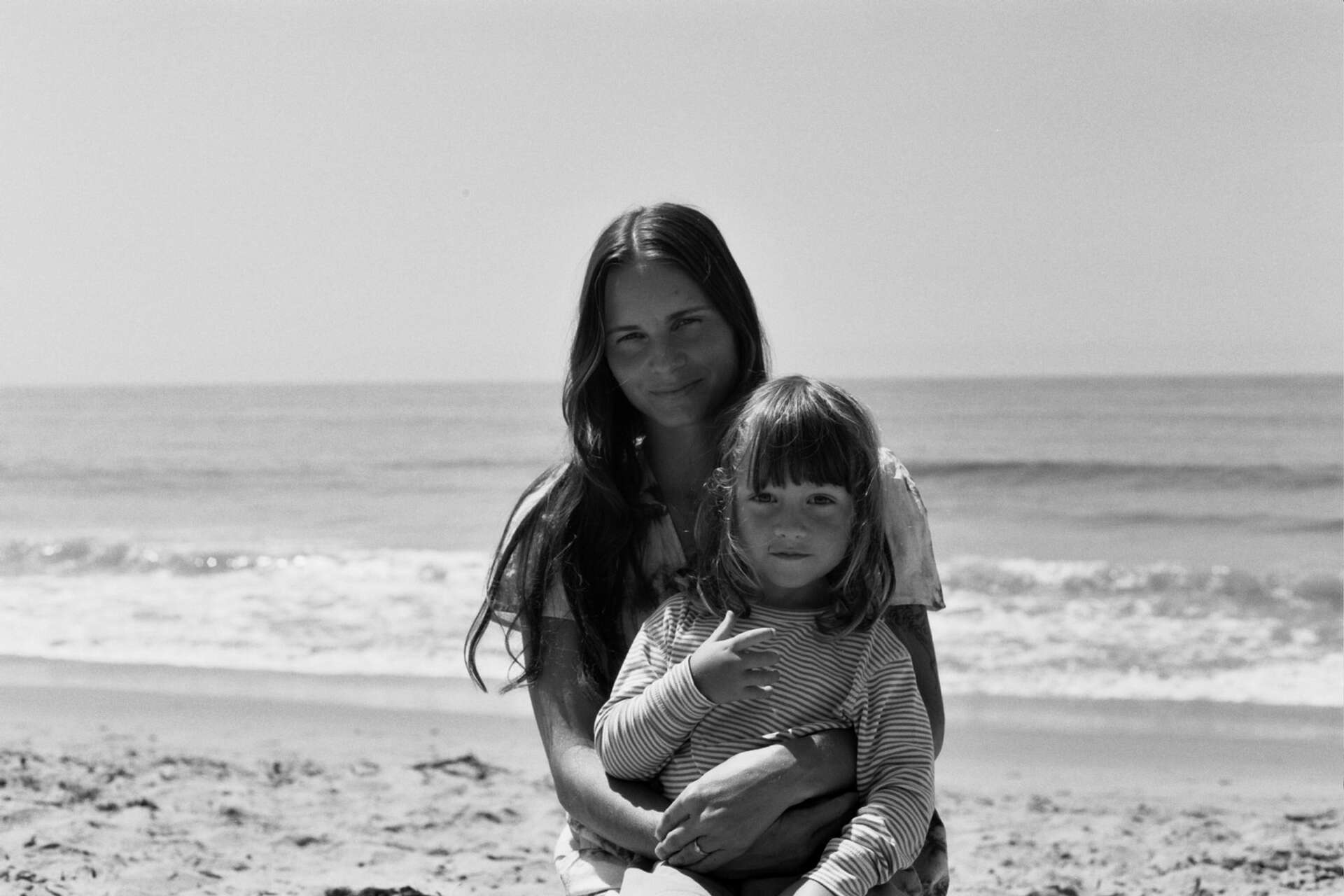We’re excited to introduce you to the always interesting and insightful Molly Mitchell-Hardt Field. We hope you’ll enjoy our conversation with Molly below.
Hi Molly, thanks for joining us today. What was your school or training experience like? Share an anecdote or two that you feel illustrate important aspects or the overall nature of your schooling/training experience.
It was in graduate school that I was first introduced to the mytho-poetic perspective and that prismatic shift in orientation transformed the way I relate to myself, my clients, and the world. It was like seeing the world in black and white and then suddenly the whole spectrum with nuances in between. The concept of the shadow was especially impactful, the shadow being any part of self or the collective that we are not consciously related to or that we are actively turning away from. The first important piece is that everyone has a shadow, aspects of self they enact unconsciously that may diverge from how they present through their conscious personality. This is a great equalizer, it normalizes the experience of having many parts of self with different and sometimes competing motivations.
In class we were asked to explore our conscious and more unconscious motivations for being a healing professional. I realize over time how vital a practice this is, because what we do not bring into consciousness, we enact. Especially as a depth psychotherapist we are held to a standard of tracking our shadow qualities, embracing them and bringing them into consciousness so we do not get stuck in the trap of manipulation, vying for power and control, or using the work to focus on others in order to neglect our own suffering.
When we acknowledge the shadow we invite in another layer of truth and authenticity to the work, which in turn creates a safer container for the client to show up with all their different parts.



Molly, love having you share your insights with us. Before we ask you more questions, maybe you can take a moment to introduce yourself to our readers who might have missed our earlier conversations?
Ever since the question, “what do you want to be when you grow up?” came into consciousness, I always coupled it with, what do I want to be that will be engaging, interesting, passion-driven, and have a positive impact? That was a big question, at times paralyzing and the answer has changed over time as I have grown and evolved, but it was always important to me that my work be filled with a sense of purpose. Prior to becoming a psychotherapist I spent time working for non profit organizations and many years as a yoga teacher. In my volunteer work I was focused outwardly on wanting to be an agent of change and positive impact, but it wasn’t until I connected with myself more deeply through my yoga practice that I realized my inner environment was being neglected. I have always been interested in human behavior and studied psychology in my undergraduate education. After many years of practicing and teaching yoga, I decided I wanted to invest in becoming a healing professional and work with people more intentionally on healing. All that I have done informs my practice. My graduate education was in depth and jungian psychology emphasizing the mythopoetic lens of the psyche and later I trained in Somatic Experiencing. Both lenses strongly influence my work with clients. The somatic on the resolution of trauma and nervous system healing and depth lens as a framework and cosmology to hold the meaning and complexities of life and our own circumstances. I have found the end of the road in many modalities and cosmologies, where they are rendered obsolete or too limiting. I have sought a container large enough to hold all of me and myself in all of my rich complexities and hope that this serves my clients even when there is such a seduction to being told what to do and how to do it or be guided to a doubtless path.
Deep healing work is a hard sell, because the truth of it is that things can get worse before they get better, it can bring up a lot of intense emotions and our deepest wounds and we have to truly face ourselves. I am not selling a fix to problems, I am suggesting that the path forward into greater wholeness involves a rite of passage where we follow our fear down and in and allow ourselves to be held in the darkness and consciously move through a process of alchemy over and over again as we arrive at our more essential nature and from this place we hold more wisdom, joy, sorrow, complexity, compassion, and meaning than we thought possible.


Let’s talk about resilience next – do you have a story you can share with us?
It is my job to hold the container even when I am going through my own process. As a practitioner it has been vital to my work to have spaces where I am held. My resilience has shown through in the moments I was willing to ask for help, be vulnerable and practice what I preach. For example, the pandemic was something that hit everyone across the globe, I was in this duel process of wrapping my head around it and the mountain of fall out at the same time as I was holding others through their own experience. It has become the work around learning how to resource and regulate my nervous system no matter what is going on so that I can continue to be a safe container for others.
We often hear about learning lessons – but just as important is unlearning lessons. Have you ever had to unlearn a lesson?
Living in a culture that embodies the cartesian split, placing mind above body and logic over intuition, I have had to find the spaces of resonance that reflect a deeper knowing. When we assume the mind is at the top of the food chain, we may also assume that our thoughts control everything, it would follow that, in order to change behavior or heal we must simply change their thoughts. This is considered a top down approach, where we change our thoughts in order to change our behavior. This approach is not wrong, but it is incomplete. It gives us the illusion that we are consciously in control. The reality is that only a small part of our psyche is in the realm of consciousness with the vast majority living in the unconscious. When we leave room for the mystery and the unknown, we leave room for curiosity, flexibility, understanding, and compassion. The somatic approach is a bottom up approach, from this perspective the body and mind are one in the same and before we reach the level of thought or meaning-making, we experience things on a visceral felt-sense level. We can access the unconscious through the physiology. We learn to shift our inner physiologic state and watch as our thoughts and sense of meaning change as a result. In this approach, we rely on the intelligence of the body and the capacity of the body to resolve trauma given the right conditions, rather than relying on conscious control of thoughts or insight only. Much of my evolution as a practitioner has been an unlearning and reweaving process to become an instrument that is in tune. I view that work as an ongoing, lifelong journey.
Contact Info:
- Website: http://yoursoulrising.love/
- Instagram: https://www.instagram.com/mollymitchellhardt/
Image Credits
Feature Image and Dancing image by Erick Madrid


